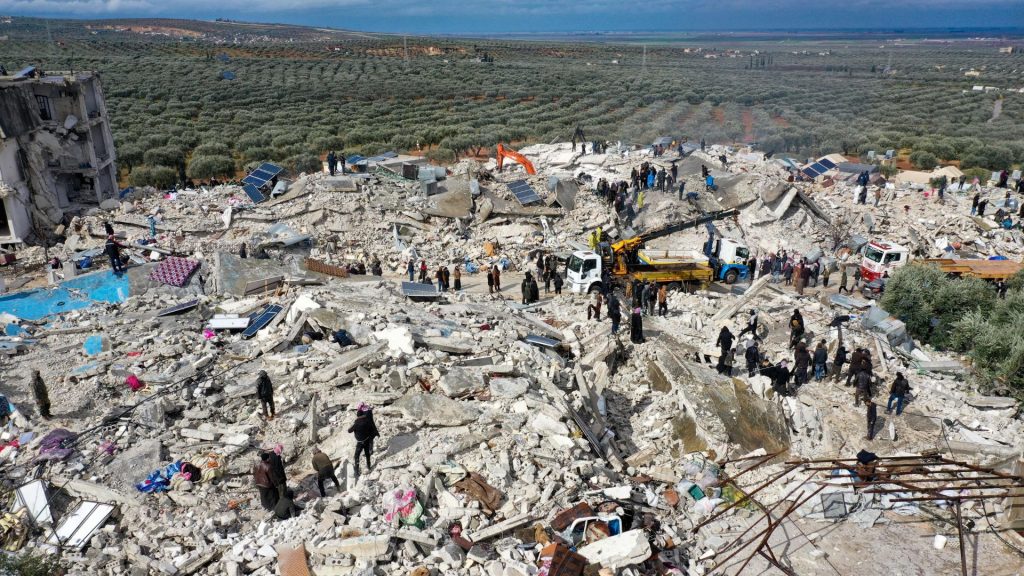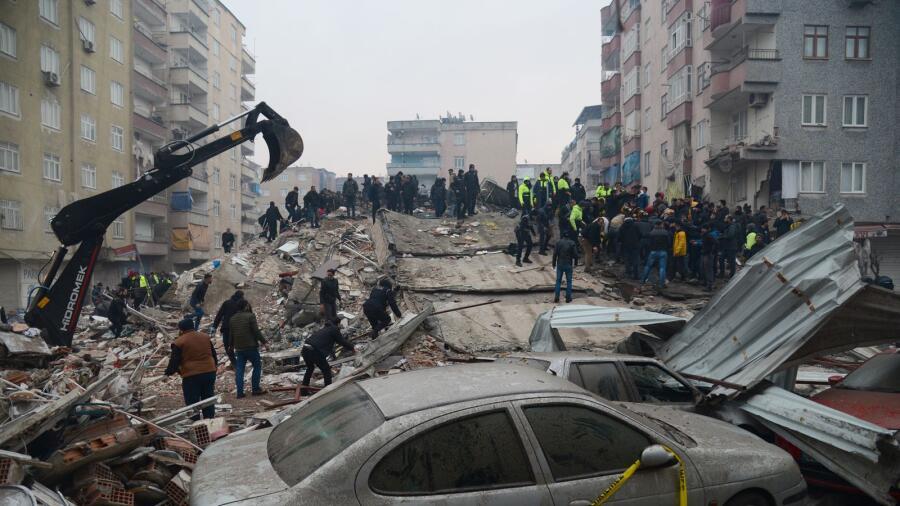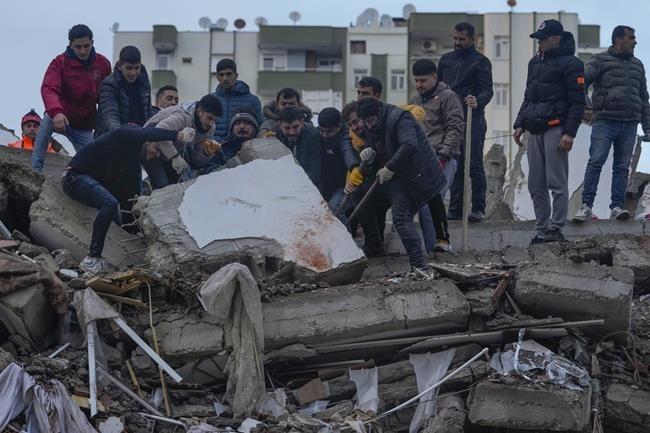Rescue teams from around the world have traveled to both countries to help search for survivors. Meanwhile, the World Health Organisation says fatalities could reach as high as 20,000 in the coming days.
More than 11,000 people have died after devastating earthquakes rocked Turkey and Syria.
The first 7.8 magnitude earthquake happened before dawn on Monday, when many people would have been sleeping. Scientists have estimated that the earthquake resulted in a more than 62-mile (100-km) rupture between the Anatolian and Arabian plates.

Turkey’s disaster management agency said the country’s death toll passed 8,500 on Wednesday. The Syrian Health Ministry said the death toll in government-held areas has climbed past 1,200, while at least 1,400 people have died in the rebel-held northwest, according to volunteer first aiders known as the White Helmets.
“The first 72 hours are considered to be critical as the condition of people trapped and injured can deteriorate quickly and become fatal if they are not rescued and given medical attention in time,” said Steven Godby, a natural hazards expert at Nottingham Trent University in England.
As many as 23 million people could be affected in the quake-hit region, according to Adelheid Marschang, a senior emergencies officer with the World Health Organization, who called it a “crisis on top of multiple crises”.

In 2020, Turkey recorded almost 33,000 earthquakes in the region, according to Disaster and Emergency Management Authority (AFAD). Out of those earthquakes, 332 earthquakes were of magnitudes 4.0 and higher.
The region affected by the earthquake has faced numerous major earthquakes throughout history.

Turkey’s president said the country’s death toll had passed 8,500. The Syrian Health Ministry said the death toll in government-held areas had climbed past 1,200, while at least 1,400 people have died in the rebel-held northwest, according to volunteer first responders known as the White Helmets.
That brought the overall total to 11,000 since Monday’s earthquake, with tens of thousands of people injured. It is the deadliest since a 2011 earthquake in Japan triggered a tsunami, killing nearly 20,000 people. While there’s no certainty over what the final death toll will be, a similar 7.8-magnitude earthquake in Nepal in 2015 resulted in almost 9,000 deaths.


